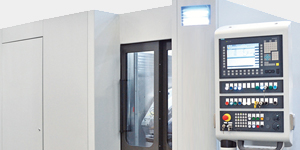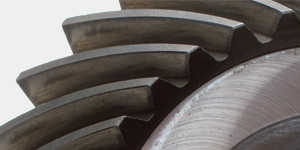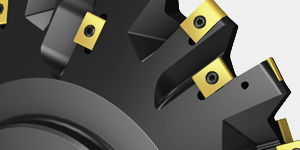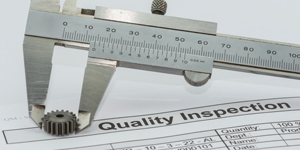Polymer quenchants for steel heat treatment
Polymer quenchants, first introduced in the 1970s, have captured an increasingly large market share of quenchants at the expense of oil quenchants. In a...
Microbiological contamination and biostability in polymer quenchants
Biological issues such as bacteria and fungi can be a major issue when using polymer quenchants. Bacteria and fungi float in the air. When...
Determining the minimum cooling rate required for quenchants
In this column, I will illustrate a method to determine if a cooling rate from a cooling curve is adequate to achieve required properties.
Introduction
When...
Calculating quench tank size for continuous furnaces
When measuring the temperature rise of an unheated quench tank, the equation used to determine the size of a quench tank is:
Where Mm is...
Sizing tanks for batch immersion quenching
In this column, I will demonstrate how to calculate the size of a quench tank used for batch immersion quenching.
Introduction
The size of a batch...
Determining equivalent concentration for polymer quenchants
In this column, I will discuss a method to determine equivalent concentration when selecting alternative quenchants using the Segerberg Hardening Power (HP) for polymer...
Heat-resistant alloys used in heat treating
In this column, I will discuss the different types of heat-resistant alloys used in heat treating.
Introduction
Heat-resistant alloys are crucial to heat-treating operations. They are...
Base oil groups for coolants, quenchants explained
In this column, I will discuss the different groups of oil used in coolants, quenchants, and other oil-based products.
Introduction
Many products that are used in...
Determining concentration by weight and volume
In this column, I will discuss the different types of concentration percentages and how to convert them to each other. This is really a...
Foaming in polymer quenchants and metal working fluids
In this column, I will discuss the causes of foaming in polymer quenchants and metalworking fluids. We will also discuss the different types of...
Nitrogen-methanol atmospheres – storage and control
In this column, I will discuss the storage and control of methanol to create nitrogen methanol atmospheres.
Introduction
Nitrogen-methanol atmospheres are used frequently when natural gas...
Use of nitrogen-methanol endothermic atmospheres
In this column, I will discuss the use of nitrogen-methanol endothermic atmospheres for the heat treatment of steel.
Introduction
When heat treating steels in a typical...
Using polymer quenchants in an integral quench furnace
There have recently been several inquiries regarding the use of a polymer quenchant in a sealed or integral quench furnace. There are several drivers...
Sinter hardening of PM components
In this column, I will discuss sinter hardening and compare that process to the more traditional heat-treating quench and temper operation.
Introduction
The use of powder...
Determining concentration and required amounts
In this column, I will discuss how to calculate the required amounts of quenchant in a quench tank. This method is also applicable to...
NMTP – Pearlite and ferrite
In this column, we will discuss the non-martensitic transformation products of pearlite and bainite.
Introduction
Pearlite was named by Henry Howe for the pearly phase constituent...
Non-martensitic transformation products: Bainite
In this column, I will discuss the non-martensitic transformation product called bainite.
Introduction
The decomposition of austenite, when occurring at a fast enough rate to exceed...
Residual stresses from machining
In this column, we will discuss the sources of distortion and residual stresses from machining operations. The problem of residual stresses and distortion is...
Pack carburizing of steels
Pack carburizing is a very old method of carburizing steel, but it is still practiced in many tool rooms and machine shops. It is...
Nitriding of steels
In this column, we will discuss the nitriding of steels.
Nitriding introduces nitrogen into the surface of a steel at a lower temperature than carburizing....


















